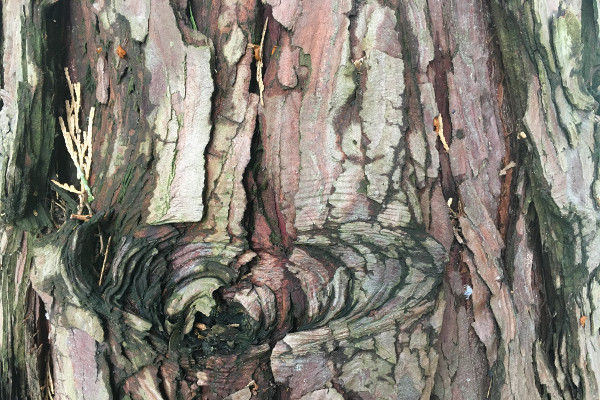
Mature trees for mental ease — Why trees make us feel better
Mature Trees Meditation
More than half of the world’s population currently lives in cities, and it’s projected that over 70% of us will be urban dwellers by 2050. But, as cities grow, planners and homeowners are probably not focusing enough on the importance of preserving their mature trees.
Here in Seattle, the local Plant Amnesty group is trying to stand up for these gentle giants. They are urging people to chronicle the trees in their neighborhoods that are wider than 30”, or the width of a typical door. They estimate that fewer than 6000 specimens remain in Seattle. Have you seen many in your area? The group is trying to get the city to protect these trees for their positive impacts on city living; impacts such as helping to control storm water run off and reduce carbon emissions. Trees also help mitigate the heat island effect where the air temperature of a city can be up to 12°C higher than surrounding rural area temperatures.
And there are other, more subtle and quite interesting effects that trees have on our mental health such as more patience and fewer ruminating thoughts.
The transportation research board out of the University of Minnesota was looking at ways to increase ridership on public transit. They published a study exploring the role of the surrounding environment on perceived wait times at bus stops. What they found was that, if someone had to wait longer than 5 minutes for their bus or train, they tended to overestimate their time if they were waiting in a polluted environment with heavy car traffic. On the contrary, if more mature trees were around, then the person having to wait for the bus felt that their wait time was actually shorter. Having trees around seems to buffer out the effects of both air pollution and traffic, making those moments of down time waiting for the busy or train much more meditative and pleasant.
And green spaces can soften that incessantly chatty inner critic.
A study out of Stanford, published by the National Academy of Sciences in the U.S. found that volunteers who spent an hour and a half walking in nature demonstrated less activity in the subgenial prefrontal cortex of the brain. This area is associated with a higher risk of mental illness. Participants also reported fewer ruminating thoughts. These are those repetitive, overly negative thoughts, usually aimed focused on one’s personal shortcomings. Folks that just went out doors, without any particular agenda, recaptured a more positive outlook on life.
Urban areas are wonderful spots of progress and opportunity but also associated with higher levels of anxiety and other mood disorders. Perhaps less exposure to nature could have something to do with it. It appears that exposure to nature, whether its walking in a park or simply standing next to a large tree, slows us down and makes us more grounded.
Try today’s meditation, taking a moment to meet and greet the trees in your surroundings.
Listen / Do
This exercise will entail engaging with a big tree. When you find one that appeals to you, press Play.
Starting with some comfortable deep breaths. Approaching the tree slowly and gently laying fingers on the trunk. How does the bark feel to you? What other information is conveyed to you through your fingertips? I invite you to try it with eyes open and eyes closed. If there is a tree stump or a dead tree near you, practice laying your fingers on the stump and then on the living tree to sense the subtle differences. Let the next exhale come out slowly. The tree is inhaling your exhaled CO2. And take a nice deep inhale. This tree is exhaling oxygen as part of its photosynthesis. Allow yourself to breath it in, appreciating the symbiosis here. Breath in all of that goodness. Settling into a comfortable breath to pay homage to this majestic living being, with its slowed sense of time, with its unhurried pace. As you lean up against the tree, imagine yourself as a tree. Sprouting roots into the rich loamy earth below to tap the earth’s goodness. Growing branches up and up to reach high into the heavens. Rooted below and flexible, gently swaying above. What might time feel like for a tree? If there is more communing you’d like to do with the tree here simply press pause and otherwise, thanking the tree for its wisdom and coming back into your body and place.
We will see you next time.
